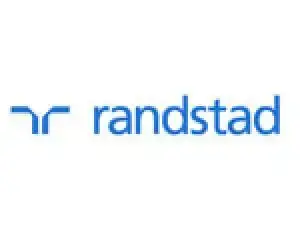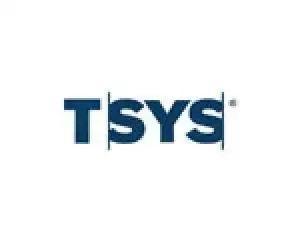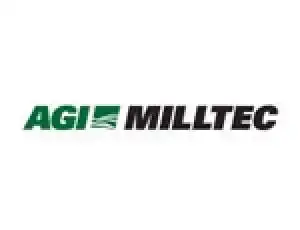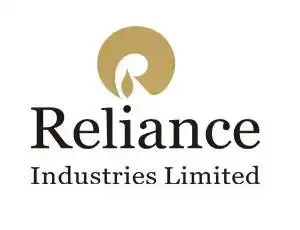
Get a Quote
Get a Quote and Find Services to Fit Your Needs 50000+ Satisfied Clients
5000+ Licenses & Registration
15 Branches across India
75 Years + Combined experience
Satisfied Clients
Services
Years Combined Experience
Get Started!

























Cable Landing Stations are units that enable international gateways of the Internet – providing a way for voice and other internet data to traverse between domestic and international networks.
The Department of Telecommunication, on behalf of the President of India, invited ISPs, the Internet Service Providers, to set up Submarine Cable Landing Stations as the International gateway of the Internet.
However, to set up a cable landing station, the ISPs have to prove to the DoT that they are capable of complying with all the requirements of the landing station and have the financial and technical capacity to do so. That's where Registrationwala comes in.
We provide complete registration services for Cable Landing Stations in India.
.jpg)
As per the DoT rules concerning the International gateways of the Internet, the following are the eligibility criteria for setting up a Cable Landing Station:
The Telecom Authority or personnel authorized by the Telecom Authority reserves the right to carry out a surprise inspection at the Cable Landing Station to ensure that only internet traffic is carried through the Landing Station.
The authorities will also ensure that the Cable Landing Station is not used for unlawful activities or against the public interest.
The Satellite Cable Landing Station in India must be within 100 km of the seashore.
The Cable Landing Station must ensure the Remote Accessing or Log-in facility for security agencies. These facilities must be secured with unique passwords. Each agency must have a different password. The access password must be changeable by the security agency concerned.
The Cable Landing Station must also ensure the monitoring of the same traffic by more than one security agency simultaneously.
The Cable Landing Station must establish an office space of 20 x 20 square feet with adequate uninterrupted power supply and air-conditioning. The space must also be physically secured and accessible only to the personnel authorized by Telecom Authority. Lastly, it must be provided by the licensee at each location, free of cost.
.jpg)
From the national security point of view, only Internet data traffic is carried out to monitor the traffic at the Submarine Cable Landing Station effectively. The following are the guidelines issued by the Department of Telecommunications. The registered landing station in India must observe these guidelines.
The Cable Landing Station must provide the security agencies' monitoring software free of cost, especially for monitoring traffic at cable landing terminals. In addition to the equipment, the Submarine Cable Landing Station must have one local exclusive telephone line at the monitoring centre at the licensee's cost.
The Submarine Cable Landing Station must bear the maintenance cost of the equipment and infrastructure at the monitoring centre located at its premises.
The Submarine cable Landing Station must provide all technical details and access to various equipment of the facility. This includes hardware, software, and communications equipment when the Telecom Authority demands it.
Every Cable Landing Station must pay a contribution of Rs 20 lakhs per annum towards the administrative cost for performing the monitoring function.
The Cable Landing Station must provide the necessary training to the security personnel. These personnel will guard the monitoring equipment installed at the Station.
The monitoring agencies must give a terminal of the NMS with full access rights. Therefore, the cable landing station must have a state-of-the-art network management system to monitor and manage the network effectively.
1.jpg)
The following are the documents required to apply for permission to set up a Cable Landing Station:
The applicant is expected to submit the following details of their proposed Submarine Cable Landing Stations:
.jpg)
2.jpg)
Following is the procedure for applying for permission to set up a Cable Landing Station:
.jpg)
.jpg)
The Cable Landing Station must report any attempted intrusion evidently, that comes to the licensee's notice immediately to the Telecom Authority.
The ISP licensee would take all necessary steps to ensure that these terms and conditions and the terms and conditions of the ISP licence are complied with by themselves as well as by the subscribers/entities who use the service through the ISP licencee.
From gathering the documents to conducting the research, from filing the application to following up with the Department – our team of Registrationwala takes care of all the aspects of the application filing process.
Just reach out to us, and we will start the application filing process.

★ ★ ★ ★ ★
I very much appreciate the fact that you guys possess tremendous knowhow of private limited company incorporation. You have exhibited professional and respectful manner towards my query and I would seriously recommend you guys to all the folks looking for outstanding business services.

★ ★ ★ ★ ★
Thanks to their support, I got my trademark successfully. I highly recommend their services for anyone needing help with their intellectual property. The person assigned to me was very cooperative and helpful.

★ ★ ★ ★ ★
Thanks to their support ragistrationwala team, I got my IP-1 license successfully and special thanks to Miss.Kanishka for your great and timing support !!!!!! I have archived my goal one step forward... Thanks for the entire team....

★ ★ ★ ★ ★
Really helped a lot in getting my both VNO licenses. Great experience working with the team and very humble team, thanks for providing the vno license on time.

★ ★ ★ ★ ★
I had a good time working with Registrationwala. Good team. I would recommend their services to others.

★ ★ ★ ★ ★
It was extremely great service of Registrationwala consulting firm, and this firm is providing the best services and worry about the client's required services along the client's satisfaction.

★ ★ ★ ★ ★
Superb Experince! Within no time the trademark registration was on.Highly professional team. I am very much Impressed with the prompt response and efficiency.Thank you.

★ ★ ★ ★ ★
We had taken ISP license from registration wala and the supporting person is very helpful to taken that license his communication and his work is satisfactory and thanks for those services

★ ★ ★ ★ ★
I sincerely appreciate your prompt support in helping me get the access license so quickly. Your professionalism and efficiency are truly commendable. Thank you for going above and beyond to assist me. Keep up the great work!